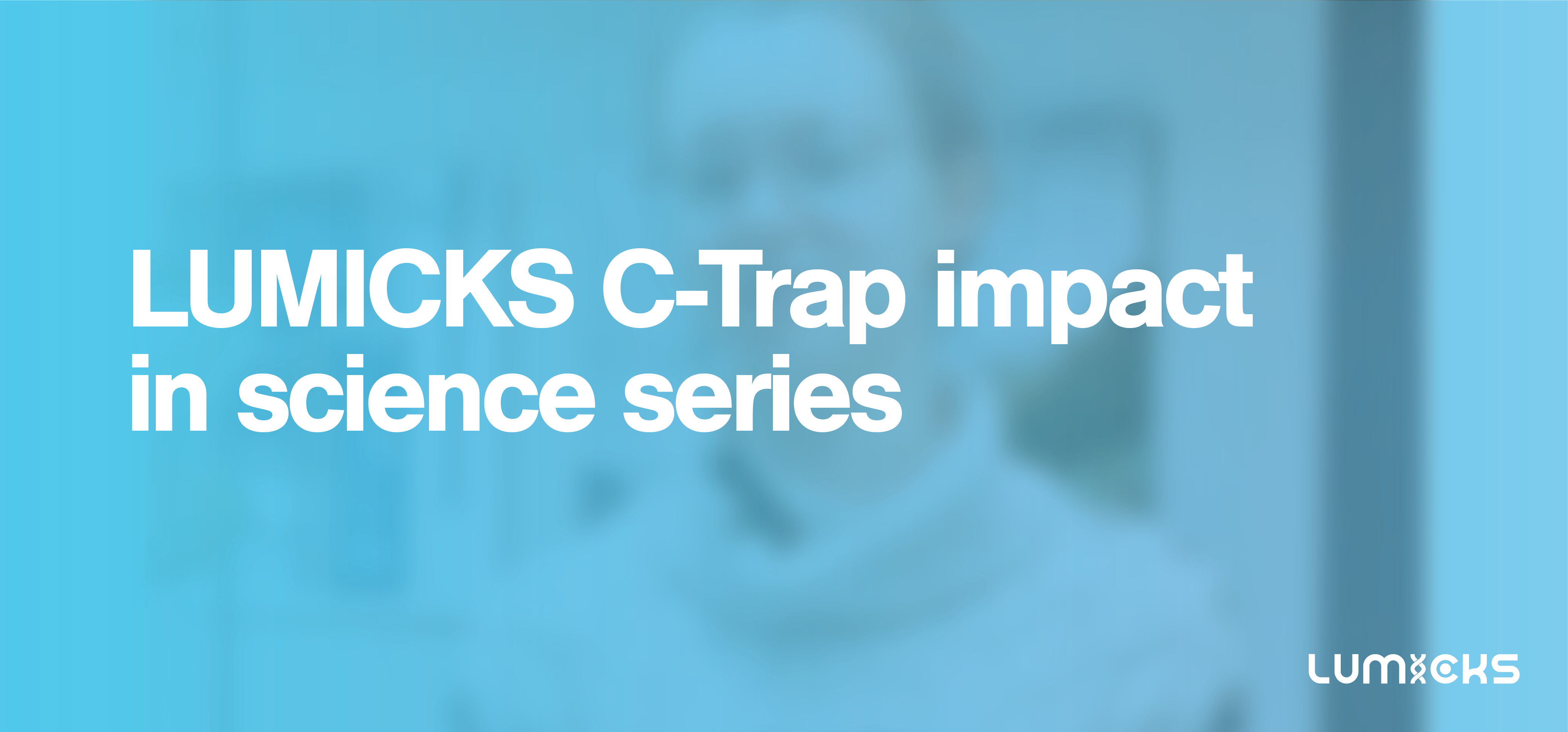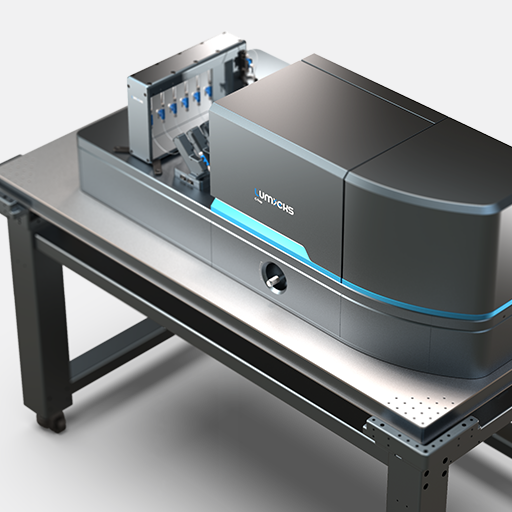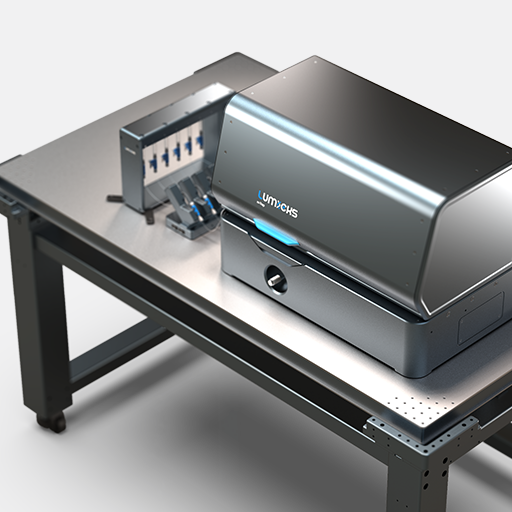PICH (Plk1-interacting checkpoint helicase) belongs to the SNF2 family of ATP-dependent chromatin remodelers. However, what makes PICH unique is that it lacks a nucleotide-binding domain despite having a great affinity for bare DNA. Because of this molecular structure, it has been hypothesized that the binding of PICH to chromatinized bridges only happens when chromatid entanglements result in a build-up of tension on the chromatin. Because of the limitations of ensemble chromatin remodeling assays, nucleosome remodeling is unable to be replicated in these biochemical tests so there was no direct experimental evidence to support this model. ed in these biochemical tests so there was no direct experimental evidence to support this model.
While PICH had been hypothesized to play a role in this process, the powerful LUMICKS C-Trap® technology has allowed for the direct observation of molecular mechanisms to unravel the elusive role the molecule plays in nucleosome modification. New research published in Nature Communications from the lab of Erwin J. G. Peterman and Gijs Wuite in the Department of Physics and Astronomy at Vrije Universiteit Amsterdam is shedding light on the mechanisms through which the PICH protein functions in the process of chromatin-bridge dissolution during anaphase.
Using the C-Trap, the researchers sought to overcome this limitation imposed by traditional tests and uncover the mechanisms through which PICH can dissolve ultrafine anaphase bridges. The C-Trap allowed scientists to apply tension to a double-stranded DNA construct that mimics the chromatin under tension during mitosis. The results showed that under tension, PICH can invade nucleosome arrays and unwrap nucleosomes in an ATP-dependent process. The molecule is also able to slide the remaining histones along the DNA after unwrapping the nucleosome. Then, additional PICH molecules are allowed to bind, serving as an effective substrate for topoisomerase TopoIIα and the BTRR dissolvasome, allowing for the dissolution of the ultrafine anaphase bridge.
This redefines the hypothesis for the role of PICH in chromatin-bridge dissolution. The data support the theory that PICH will only bind to sister chromatid entanglements where forces exerted via the mitotic spindle destabilize the chromatid to produce nucleosome-free patches of dsDNA. The C-Trap also has the potential to study chromatin remodeling by other SNF2 proteins to discover how their functions are specialized for their cellular roles.
Nucleosome remodeling is essential in cellular processes such as gene expression and DNA repair, transcription, and replication. This study unlocked new insights into the role that PICH plays in the dissolution of chromatin bridges which has the potential to illuminate the mechanism of chromosomal abnormalities and related cohesinopathies that lead to developmental defects. PICH’s activity as a histone acetyltransferase, which can influence the structure of chromatin and thus gene expression, could also have implications in cancer research, as the activity of histone acetyltransferases is frequently altered in cancer cells. Because of the role of chromatin in gene expression, understanding PICH’s mechanisms of action and how it modulates the process can have implications for understanding genetic conditions.
For further information about this study, check out the research paper “PICH acts as a force-dependent nucleosome remodeler,” published in Nature Communications.
Are you interested in using dynamic single-molecule tools like the C-Trap for your research? Do not hesitate to contact us for more information.





